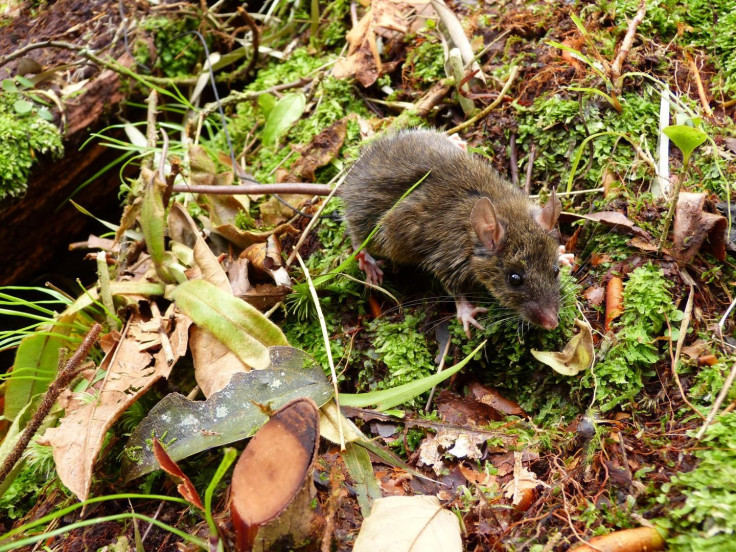4 Mice Species Evolved On Philippine Island, Smallest Place To Witness Diversification

Evolution of animals into new, strange species is a gift of nature, but for decades, scientists have been wondering how much land a particular animal may require to diversify. Some thought that a landmass as big as Cuba would suffice, but according to a group of researchers, who report the evolution of four different species from a common ancestor, a region even 10 times smaller might support the evolution of multiple new species.
"This is one of the few papers ever written to look at whether there's a limit to how small an island can be for species diversification to occur, and it's the only one looking at it in mammals,” Lawrence Heaney, evolutionary biogeographer at the Field Museum of Natural History in Chicago and co-author of the study, said in a statement. “Mindoro [in the Philippines] is by far the smallest island on which we've seen this happen."
Heaney and colleagues defined the lower limit of species diversification after a lot of hard work. They first figured that Luzon, another Philippine island, was the smallest island to witness animal evolution, with as many as 66 mammal species, but as it is one of the biggest islands in the country, the group started looking for another, smaller place which may have the offered isolation as well as other necessary conditions to support species evolution. The search led them to Mindoro, which is a tenth the size of Luzon.
During four different seasons of field studies on the island, the team explored several mammals, including the worm-eating mice in question.
"The mice we looked at in this study are all members of the ‘earthworm mouse’ group Apomys – they love earthworms, but they also eat seeds and fruits,” Heaney added. “They've got big dark eyes, great big ears, long soft fur, white feet, dark tails – they're very pretty little mice."
However, the understanding of these animals got a whole lot complicated when they took a closer look. Essentially, when they analyzed the DNA and appearance of the mice, they discovered that these were four different species, three of which were completely new to science. Further studies revealed they all had evolved from a common ancestor on the same island, with three living on the mountains and one on the lowlands.
“By examining genetic variation across these populations, we were able to confirm not only that these mice originated from a single colonist on Mindoro, but also that they are distinctive enough to be considered different species,” Chris Kyriazis, another author of the study added.
According to Heaney, as the mountain ranges isolated the mouse populations, they evolved in their own distinctive ways, Science Magazine reported.
The finding can have major implications for wildlife conservation, because if four species of mice can evolve on an island as small as Mindoro (4,082 square miles), a similar type of diversification for other small animals might also be possible in some wildlife preserves across the globe. Among other things, the work also gives scientists an essential tool for planning conservation parks for different animal species.
The study, titled “How small an island? Speciation by endemic mammals (Apomys, Muridae) on an oceanic Philippine island,” was published May 15 in the Journal of Biogeography.
© Copyright IBTimes 2024. All rights reserved.











